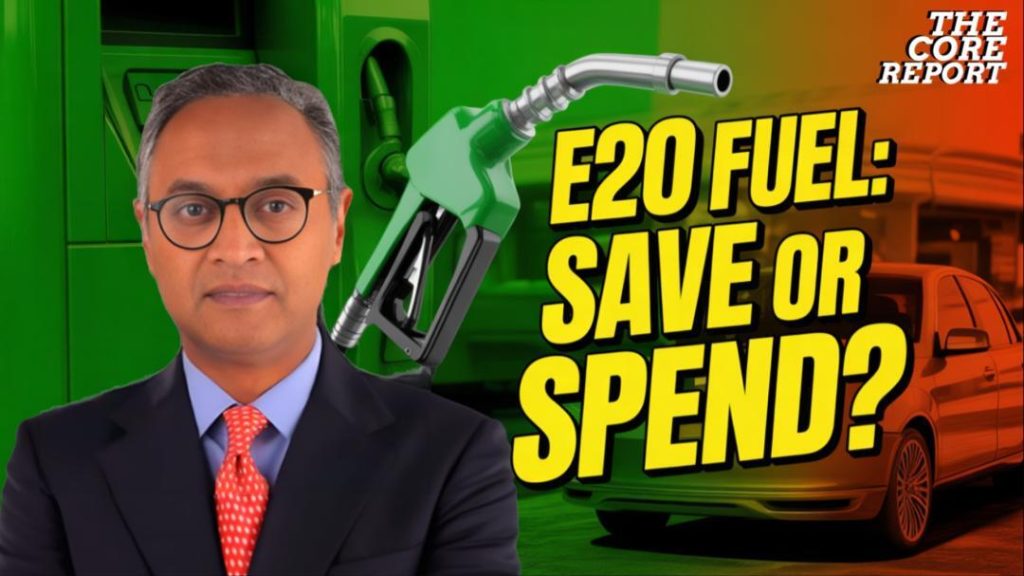
E20 Fuel in India: Benefits, Risks & What Vehicle Owners Must Know
India’s efforts to reduce carbon emissions, boost energy security, and support farmers have led to the introduction of E20, a petrol blend that combines 20% ethanol with 80% petrol. As the government continues to promote the use of E20, it’s essential for vehicle owners to understand the benefits, risks, and what they need to do to adapt to this new fuel type.
Benefits of E20 Fuel
The benefits of E20 fuel are numerous. For starters, it reduces greenhouse gas emissions by up to 40%, making it a more environmentally friendly option compared to traditional petrol. Additionally, the use of ethanol, a renewable resource, helps to reduce India’s dependence on imported crude oil, thereby boosting energy security.
E20 fuel also has the potential to support farmers by creating a new market for sugarcane, a key raw material used in ethanol production. This can help to reduce the country’s sugar surplus and provide a new source of income for farmers.
Risks Associated with E20 Fuel
While E20 fuel offers several benefits, there are also some risks that vehicle owners need to be aware of. One of the primary concerns is that older vehicles may not be designed to run on E20 fuel, which can lead to engine wear, fuel system corrosion, and mileage loss.
Older vehicles that are not E20-compliant may experience issues such as:
- Engine knocking or pinging due to the higher ethanol content
- Fuel system corrosion caused by the presence of ethanol in the fuel
- Reduced engine performance and decreased fuel efficiency
- Increased maintenance costs due to the need for more frequent tune-ups and repairs
What Vehicle Owners Need to Do
As the government continues to promote the use of E20 fuel, vehicle owners need to take steps to ensure that their vehicles are compatible with this new fuel type. Here are some things that vehicle owners can do:
- Check the vehicle’s manual to see if it is E20-compliant. If it’s not, it’s essential to check with the manufacturer to see if they offer E20-compliant fuel.
- Look for the E20 compliance sticker on the fuel pump or ask the fuel attendant if the fuel is E20-compliant.
- Consider upgrading to a newer vehicle that is E20-compliant. By 2025, all new vehicles will be E20-compliant, making it easier to adapt to this new fuel type.
Conclusion
The introduction of E20 fuel in India offers several benefits, including reduced greenhouse gas emissions, improved energy security, and support for farmers. However, vehicle owners need to be aware of the risks associated with this new fuel type and take steps to ensure that their vehicles are compatible with E20.
As the government continues to promote the use of E20 fuel, it’s essential for vehicle owners to stay informed and take steps to adapt to this new fuel type. By doing so, they can help to reduce their carbon footprint, improve their vehicle’s performance, and support the country’s efforts to reduce its dependence on fossil fuels.
Source:






